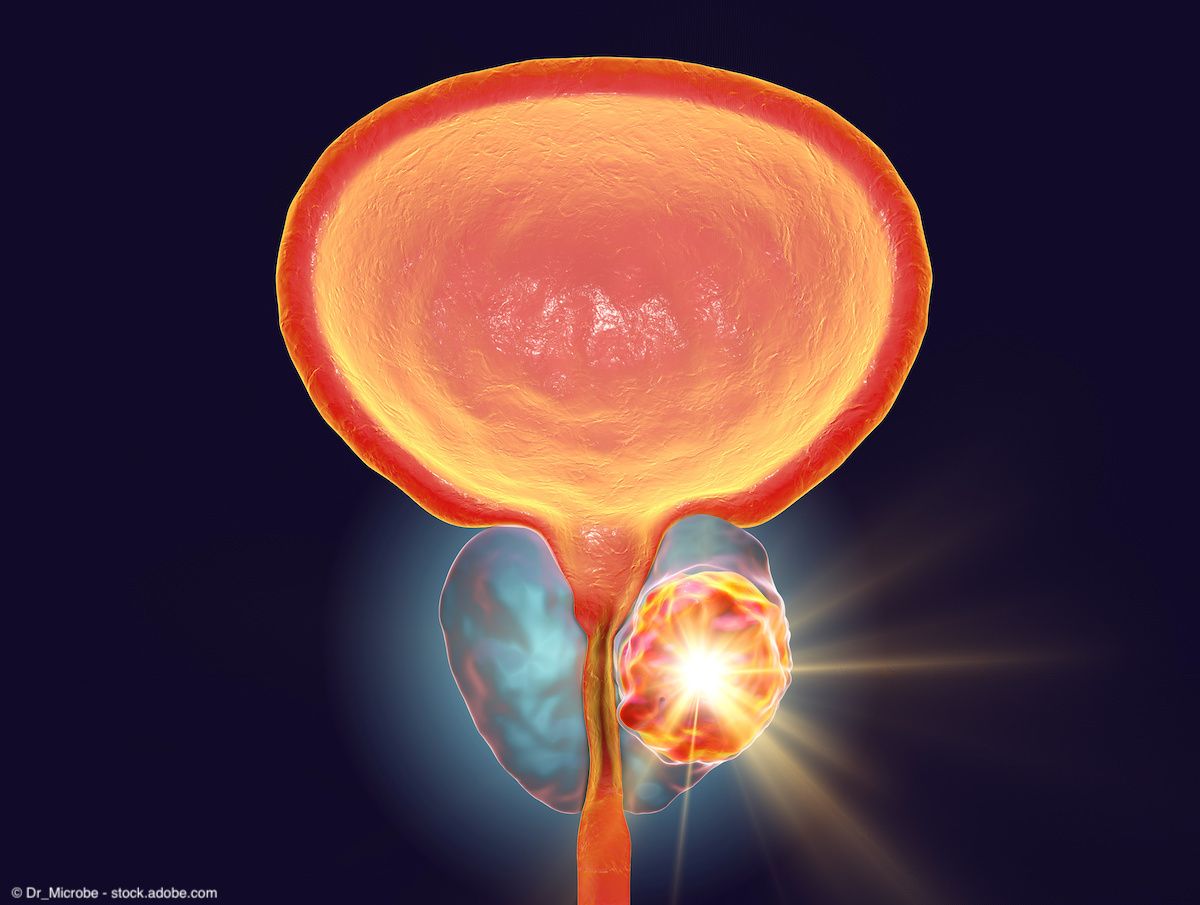News
Article
Urology Times Journal
FDA grants 510(k) clearance to BioProtect Balloon System for prostate cancer
Author(s):
The BioProtect Balloon Implant System provides protection to the rectum during radiation therapy for prostate cancer.
The FDA has granted 510(k) clearance to the BioProtect Balloon Implant System, a biodegradable balloon spacer for rectal protection during radiation therapy for prostate cancer, announced BioProtect, the developer of the technology, in a news release.1
The safety and efficacy of the spacer were established in the prospective BioPro-RCMI-1505 study.

"We believe that our balloon has the potential to revolutionize rectal protection from toxicity during prostate cancer radiation therapy. Not only does it provide better protection to healthy organs, it also supports dose escalation and hypofractionation, which are leading trends in prostate cancer radiation therapy,” said Itay Barnea, the CEO of BioProtect, in the news release.1
The safety and efficacy of the spacer were established in the prospective BioPro-RCMI-1505 study (NCT02478112), which enrolled 24 patients with intermediate-risk prostate cancer who were scheduled for image-guided, intensity-modulated radiotherapy (IMRT).2 All participants in the study were treated at a single cancer center in France. In total, 83.3% of patients received IMRT and 16.7% received 78-80 Gy volumetric modulated arc therapy delivered in 39 fractions. The median duration of radiotherapy was 58.5 days among all patients.
Each patient underwent a dosimetric scan before and after implantation of the biodegradable balloon. Dosimetric data were available for 22 patients. The primary outcome measure was the dosimetric gain from the balloon as determined by evaluations before and after implantation.
According to an assessment by the interventional radiologist who implanted the balloons, 86% of the procedures were considered to be easy or very easy. There were difficulties noted in 14% of cases.
In terms of efficacy, the data showed that dosimetric gains associated with insertion of the balloon were significant for most variables (all P < .001). The median relative gain for the rectum was lowest for D20cc at 15.4% and highest for V70 GY at 91.4%.
Regarding safety, 15 (62%) patients experienced an acute grade 1 adverse event (AE) and 8 (33%) experienced a late grade 1 AE. Further, 1 (4.2%) patient experienced an acute grade 2 AE, and 3 experienced a late grade 2 AE. No patients reported a grade 3 AE.
Quality of life measures did not significantly worsen from baseline during radiotherapy or up to 24 months after the procedure, with the exception of sexual activity.
The authors concluded,2 “A biodegradable rectal spacer balloon was found to be a safe, effective means of obtaining dosimetric gains in the [radiotherapy] of intermediate-risk prostate cancer. The implantation was easy, and the few technical difficulties experienced did not compromise the treatment’s safety or effectiveness.”
References
1. BioProtect receives FDA’s clearance for its biodegradable balloon for rectal protection during prostate cancer radiation therapy. News release. BioProtect. Published online and accessed August 28, 2023. https://www.prnewswire.com/news-releases/bioprotect-receives-fdas-clearance-for-its-biodegradable-balloon-for-rectal-protection-during-prostate-cancer-radiation-therapy-301911041.html
2. Latorzeff I, Bruguière E, Bogart E, et al. D. Use of a biodegradable, contrast-filled rectal spacer balloon in intensity-modulated radiotherapy for intermediate-risk prostate cancer patients: dosimetric gains in the BioPro-RCMI-1505 study. Front Oncol. 2021;11:701998. doi:10.3389/fonc.2021.701998




























